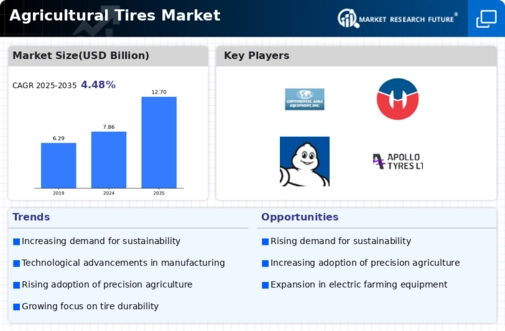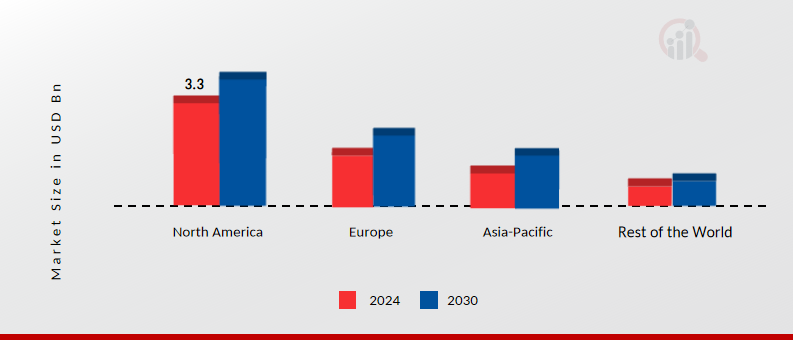Market Share
Agricultural Tires Market Share Analysis
The demand for tractors is on the rise, fueled by the adoption of precision farming and the increasing use of agricultural technologies aimed at boosting production. This surge in demand is further propelled by the growing number of farm training programs advocating for the widespread utilization of farm machinery. Tractors with engines capped at 1,500 CC are gaining popularity due to their versatility and space-saving features. Their compact size allows for more flexible applications, and manufacturers are inclined to experiment with new components and technologies in this segment before venturing into more powerful models.
These tractors, with lower horsepower, find their niche in soft soil environments, particularly in areas like river basins. Environments with softer soil conditions are ideal for tractors with less than 40 HP. The primary application for tractors in this category is in horticulture, where the need for precision and maneuverability is crucial. In developing nations, where labor costs are high, and farmers have limited disposable income, there is a substantial demand for tractors with lower horsepower. The preference for smaller, specialized tractors is also driven by the limited size of farms in these regions.
The adoption of tiny tractors comes with additional benefits, such as reduced fuel consumption. This aspect supports the empowerment of small and marginal farmers, providing them with a more cost-effective and sustainable solution for their agricultural needs. To further promote farm mechanization, governments in developing countries, like India, play a crucial role. They incentivize farmers by subsidizing equipment purchases and encourage bulk procurement through front-end organizations.
The market dynamics are evolving in response to the increasing demand from developing nations. Key players in the tractor industry are responding to this demand by introducing new products tailored to the specific needs of these regions. This innovation is not only driven by market demand but also by the necessity to address the unique challenges posed by the agricultural landscape in developing countries.
The rising need for tractors is intricately tied to the advancements in precision farming and the widespread adoption of farm technologies. The shift towards smaller, more versatile tractors with lower horsepower is a notable trend, especially in regions with soft soil conditions and smaller farms. The support from governments through subsidies and incentives further propels the adoption of tractors in developing nations, contributing to the overall growth and evolution of the tractor market.








Leave a Comment